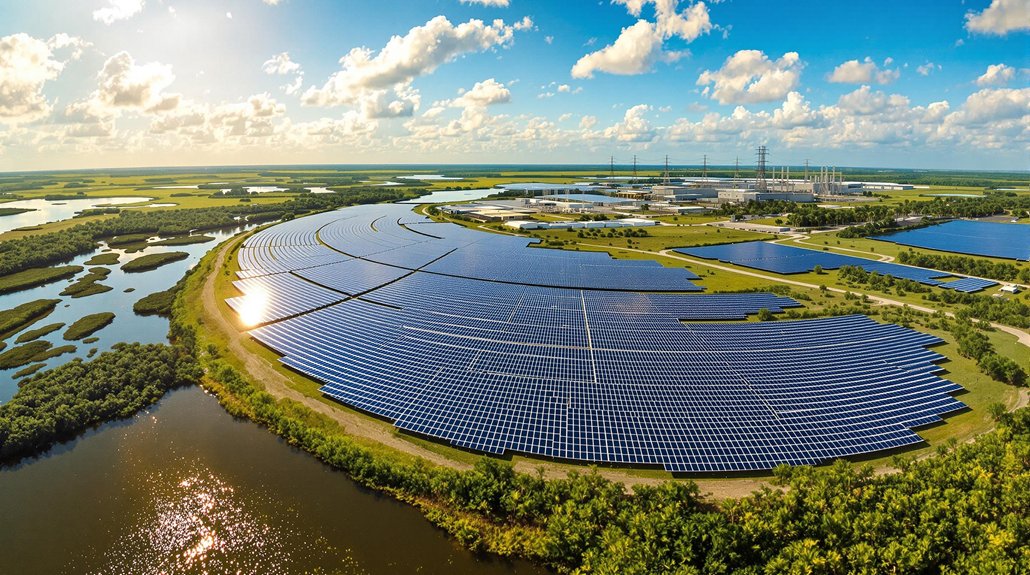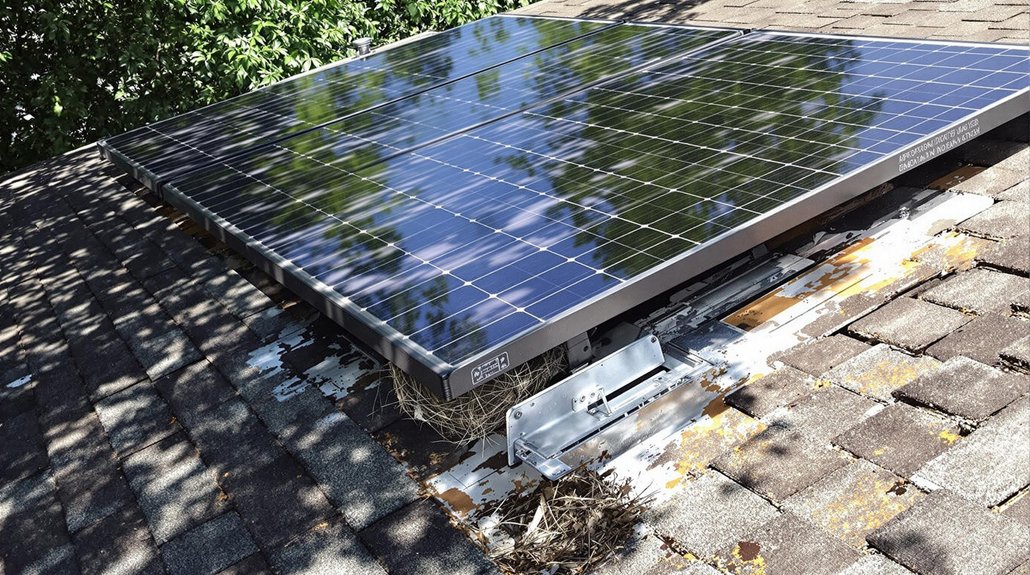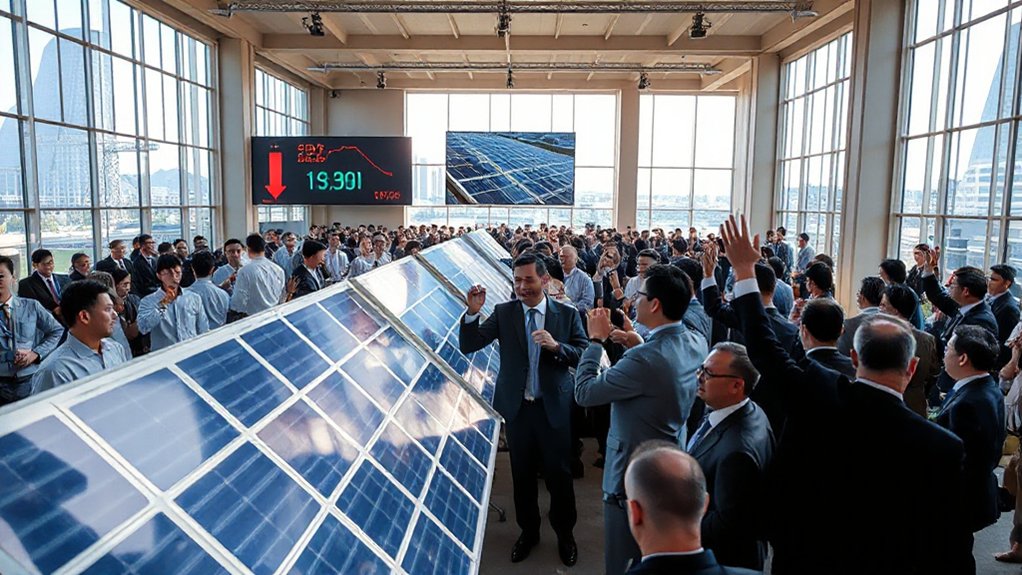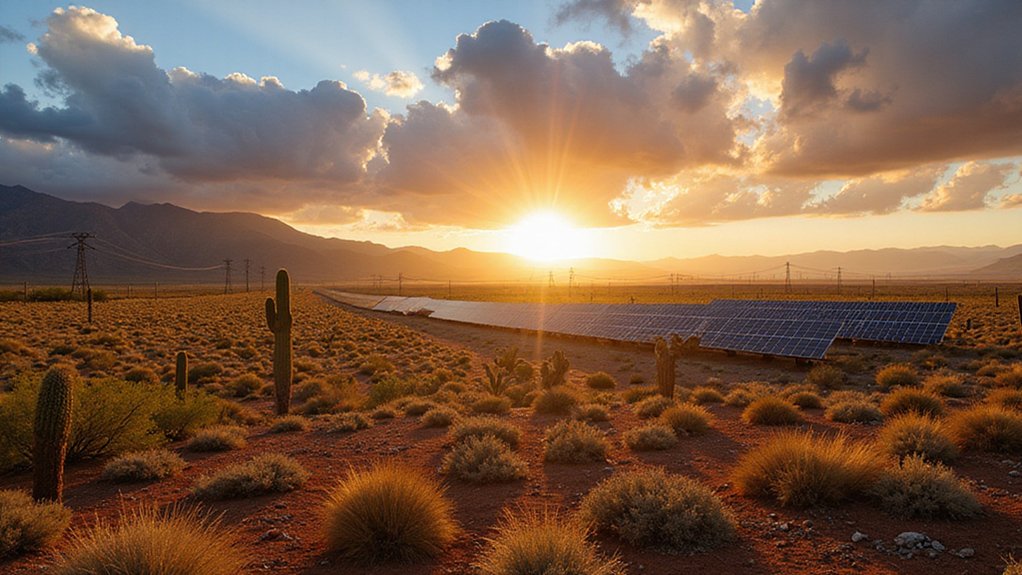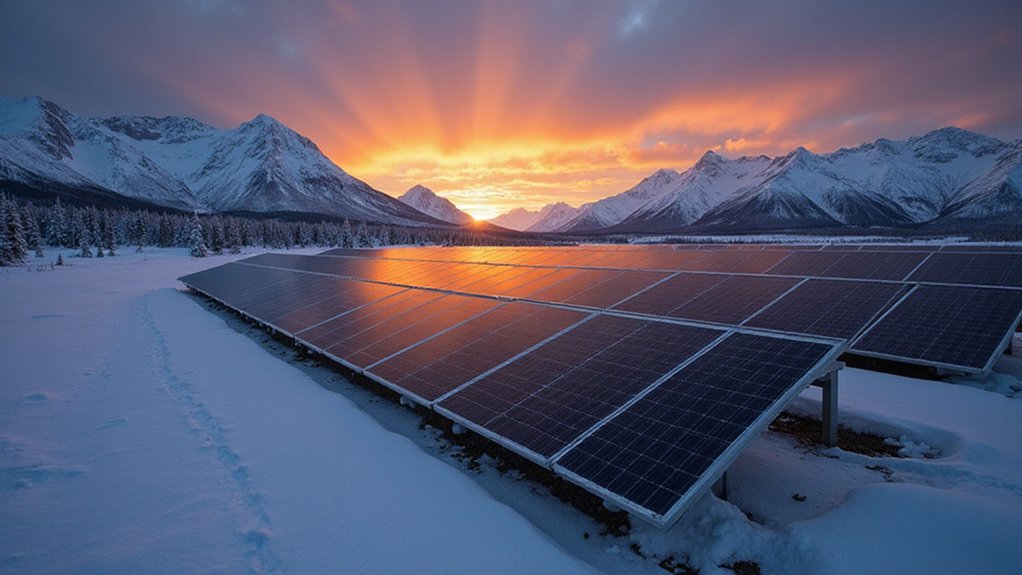While California has long reigned as the undisputed solar king of America, Florida quietly engineered a stunning coup in 2025. The Sunshine State surpassed California in annual utility-scale solar capacity additions to the grid. Yeah, you read that right. Florida. Not exactly known for environmental progressivism.
So how’d they pull it off? Two words: streamlined permitting. Florida Power & Light (that’s FPL to the locals) went on an absolute tear, accounting for a whopping 70% of new Florida projects. They didn’t mess around. The utility giant, a subsidiary of NextEra Energy, plowed ahead while California got tangled in its own red tape.
Florida’s secret weapon? Cut the red tape and let the utilities go wild.
The numbers don’t lie. Florida’s early 2025 installations greatly juiced the national solar market’s quarterly growth. Meanwhile, California struggled with policy uncertainty and federal tax credit rollbacks. Tough break.
Florida’s approach is radically different from California’s model. It’s all about those massive utility-scale projects, not rooftop panels. Corporate power purchase agreements drove much of Florida’s new capacity, while California remained fixated on residential incentives. Different strokes.
Money talks. Florida’s projected to see $50 billion in utility-scale solar investment over the next decade. This economic boom is partly fueled by the Inflation Reduction Act which provides substantial tax credits for renewable energy projects. Texas has leveraged similar incentives to attract solar manufacturing jobs with over 12,000 positions created across the state. Investors love the stable returns compared to California’s policy-driven volatility. Lower construction costs didn’t hurt either.
Don’t get it twisted though—California still dominates in total solar production, contributing 24.1% of U.S. solar output compared to Florida’s 7.6%. The Golden State maintains 51.9 GW of installed capacity, still tops in America. But the momentum has shifted, dramatically.
Florida’s electricity mix now includes approximately 8% solar, a notable jump. Meanwhile, residential installations declined nationwide by 13% in Q1 2025, including in Florida. The state’s solar boom is happening despite its residential market, not because of it.
The lesson? Sometimes the tortoise beats the hare. Especially when the tortoise has utilities with deep pockets and friendly regulators.
Florida’s production of 2,000 thousand megawatt-hours in February 2025 represents significant growth in the state’s solar capacity, further solidifying its rising status in the renewable energy landscape.
References
- https://cleantechnica.com/2025/03/29/florida-surpasses-california-in-new-solar-installations/
- https://www.chooseenergy.com/solar-energy/solar-energy-production-by-state/
- https://seia.org/research-resources/solar-market-insight-report-q2-2025/
- https://www.ainvest.com/news/florida-surpassing-california-solar-energy-growth-paradigm-shift-renewable-energy-investment-2508/
- https://www.eia.gov/outlooks/steo/report/BTL/2023/09-smallscalesolar/article.php
